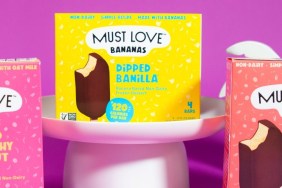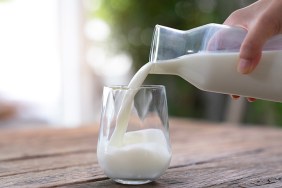If you decide you want or need to eliminate cow’s milk from your child’s diet it’s important to remember that you should always consult with your pediatrician to help find the best alternative and to help guide the transition.
When I consulted with Heidi Miller, MS, CCC-SLP, COM, a feeding specialist and certified orofacial myologist and Rachel Fiske, M.S., CF-SLP, a holistic health coach they highlighted the below, directly from the Centers for Disease Control and Prevention.
- Milk alternatives should not be given before 12 months.
- Fortified soy beverages are the only milk alternative that help meet a child’s recommended dairy needs.
- Choose one that is unflavored and does not have added sugars. Your child does not need added sugars.
- Choose one that is fortified with vitamin D and calcium. Check labels, since nutrient content can vary between brands.
How much milk should our kids be drinking?
“The Dietary Guidelines for Americans recommend children aged 12 through 23 months get 1⅔ to 2 cup equivalents of dairy a day, including cow’s milk, yogurt, cheese, fortified soy beverages, and soy-based yogurt,” say Miller and Fiske. “If your child is over the age of 24 months, milk should be limited to 16 ounces per day. If the child drinks too much milk, he/ she can be at risk to become too full to consume the rest of a balanced diet. Children need a broad balanced diet similar in nature to what their peers are eating.”
Bearing all of that in mind, below Miller and Fiske highlight the best milk alternatives for toddlers. For all the following always choose the unsweetened version.
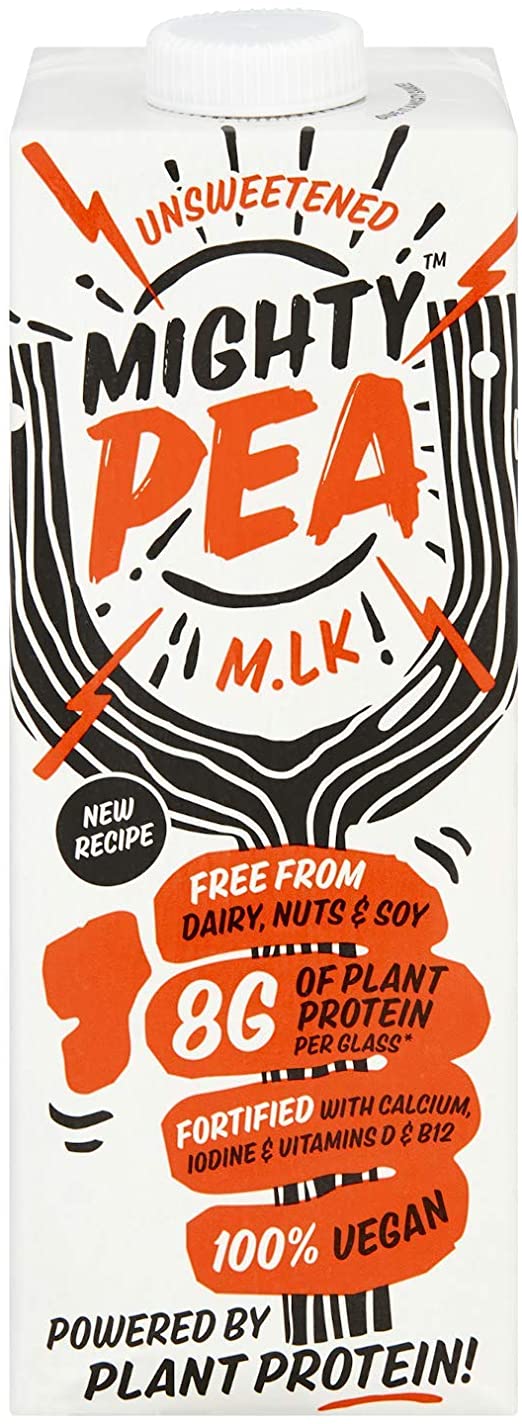
Pea Milk
- Tastes most like dairy milk
- Good source of plant-based protein
- High in calcium, iron, and potassium
- Rich in vitamin A and D
- Brands we like:
- Mighty Pea
- Sproud’s
Flaxseed Milk
- Contains no cholesterol or lactose
- Filled with omega-3 fatty acids (these prevent cancer, heart diseases, diabetes, and more)
- Rich in vitamins A, B12, D
- Gluten free, soy free, nut free
- Filled with natural soluble and insoluble fiber
- Brands we like:
- Good Karma
- Malibu Mylk
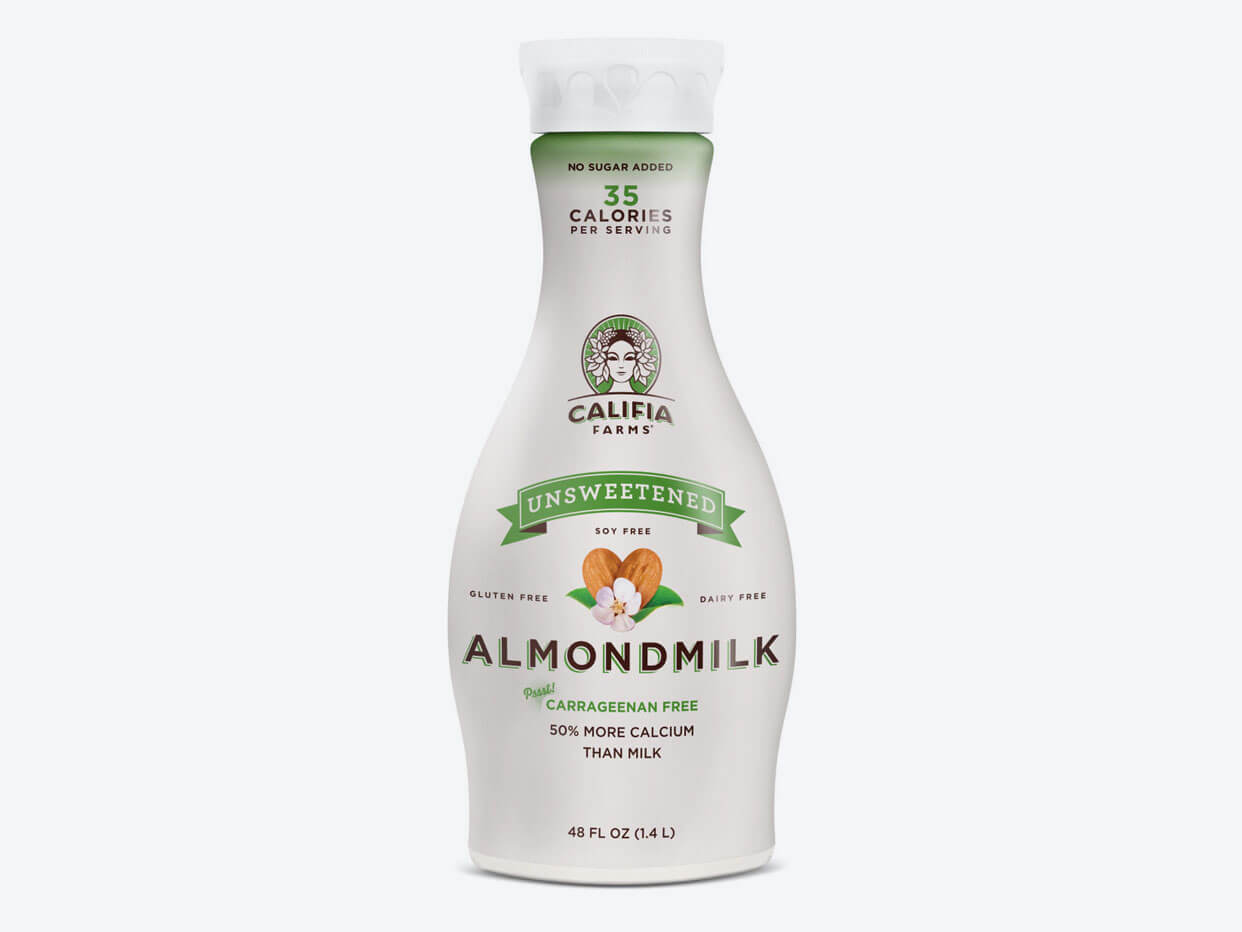
Almond Milk (can also go for macadamia nut)
- Rich in vitamin E
- Make sure it is carageen free
- Good source of calcium
- Lactose free, vegan
- Low in carbohydrates and low glycemic index so it will not increase blood sugar levels. Reducing risk for diabetes
- High in B vitamins- iron and riboflavin
- Brands we like:
- Goodmylk
- Califia Farms (some gums and fillers)
- Elmhurst Unsweetened Milked Almonds
- Malk – short shelf life once opened
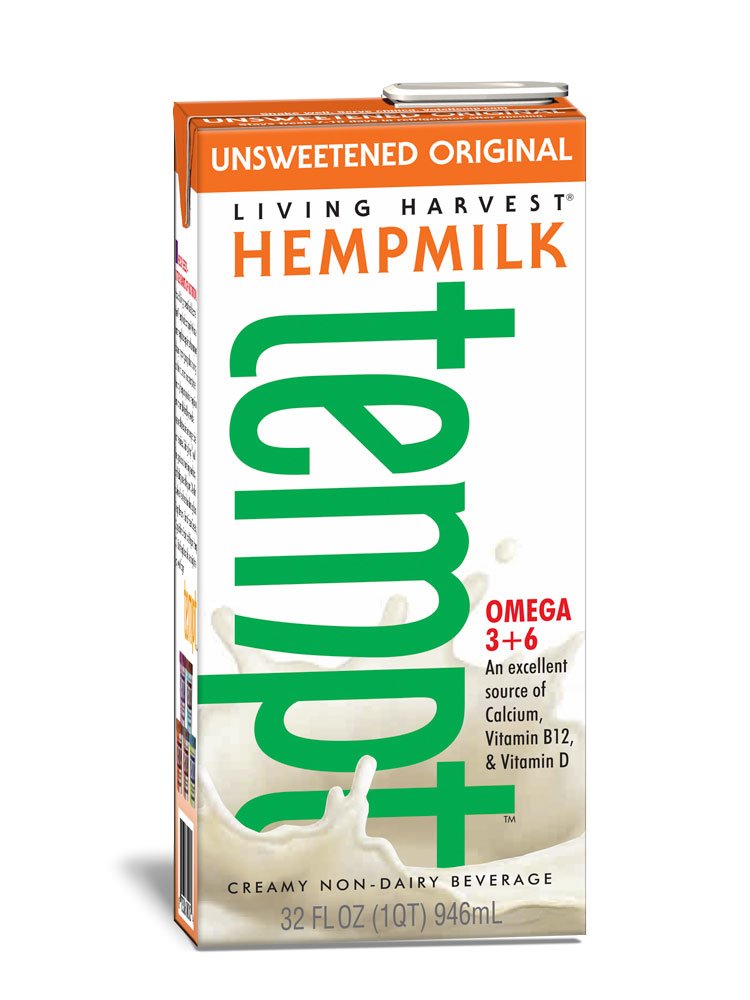
Hemp Milk
- High in calcium and contains all 10 essential amino acids
- Contains more vitamin A than dairy
- Loaded with Omega 3 and 6 fatty acids help improve heart health
- High in B vitamins
- Good for the skin
- High in micronutrients: zinc, magnesium, phosphorus
- Safe for allergen free diets
- Brands we like:
- Living Harvest Tempt Hemp Milk
- Pacific All-Natural Hemp
Coconut milk
- High in vitamin B12, A, E, D and calcium
- Contains healthy fats- medium chain triglycerides
- Aids in digestion
- Rich in antioxidants- phytochemicals with anti-inflammatory components
- Reduces blood pressure and cholesterol levels
- Brand we like:
- Native Forest
- Let’s Do Organic
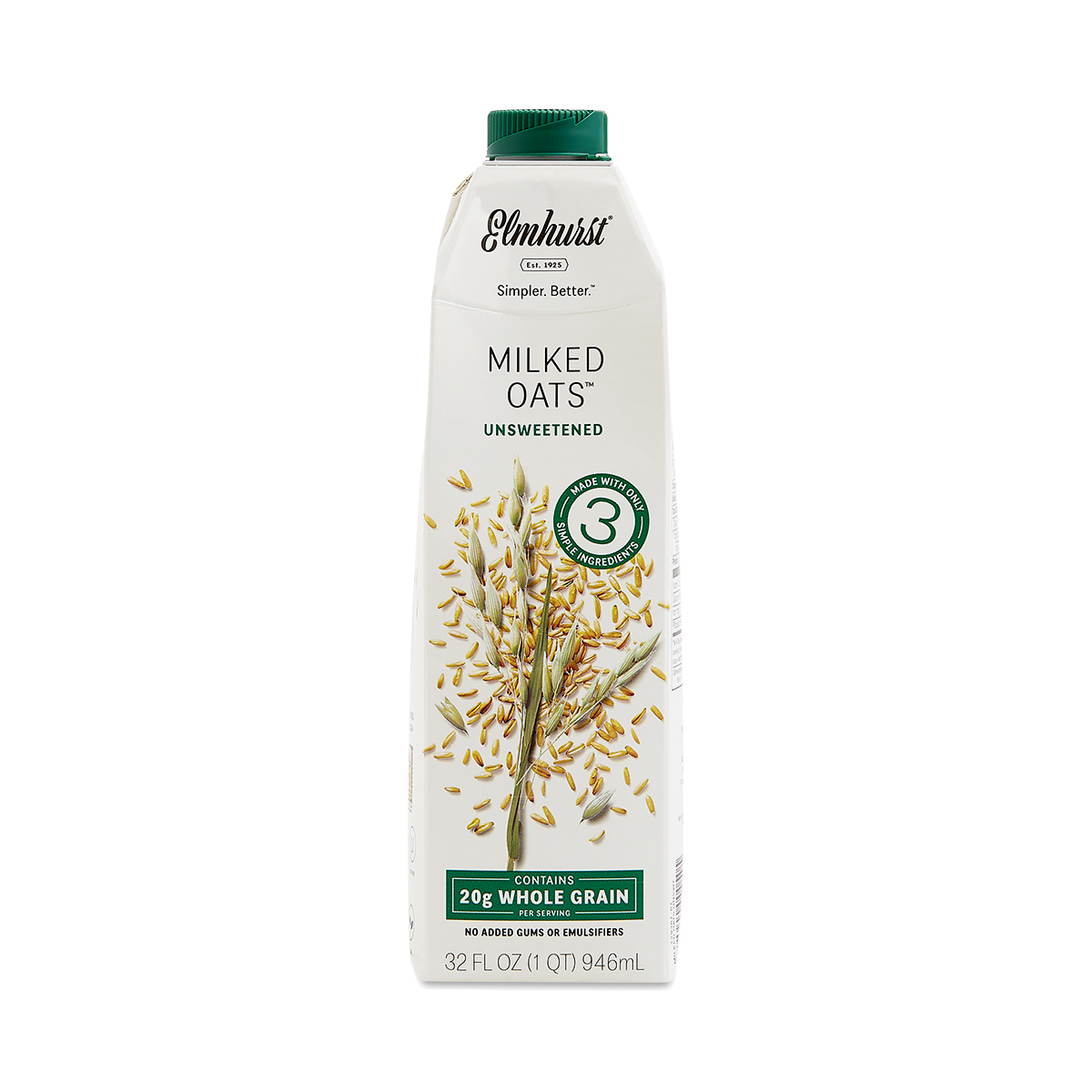
Oat
- Vegan, lactose, soy and nut free
- High in vitamin A, B, D,
- Made from 100% whole grain filled with fiber
- This improves cholesterol levels
- Fiber offers prebiotics which power your body’s probiotics
- Plant based protein
- Contains beta- glucan which improves gut health and immune system support
- Could be a good gluten-free alternative (make sure its on the label)
- Brands we like:
- Thrive Market Organic Original Unsweetened Oat
- Elmhurst Unsweetened Milked Oats
When introducing milk alternatives, you may be fortunate and your child just drinks them. For those of you who have a more resistant drinker, here are a few tips from Miller and Fiske:
- Just like with food, it can take time for your child to make the transition to milk alternatives and acclimate to the new flavors, that is OK.
- “Just because you did not like it this time, maybe next time your body will get more used to it”
- Start small, introduce a small portion to the child so it is less intimidating. It is always better to finish the small portion and feel successful, rather than take 5 sips, and see nothing happen.
- Monitor your child for any new signs or symptoms of discomfort especially if the change was related to GI or Allergies.
- Yes, it is important that your child gets the adequate nutrition, therefore, during the transition, try to make up the difference of lost intake with other foods. However, be kind to yourself and look at overall intake over a few days or a week.






